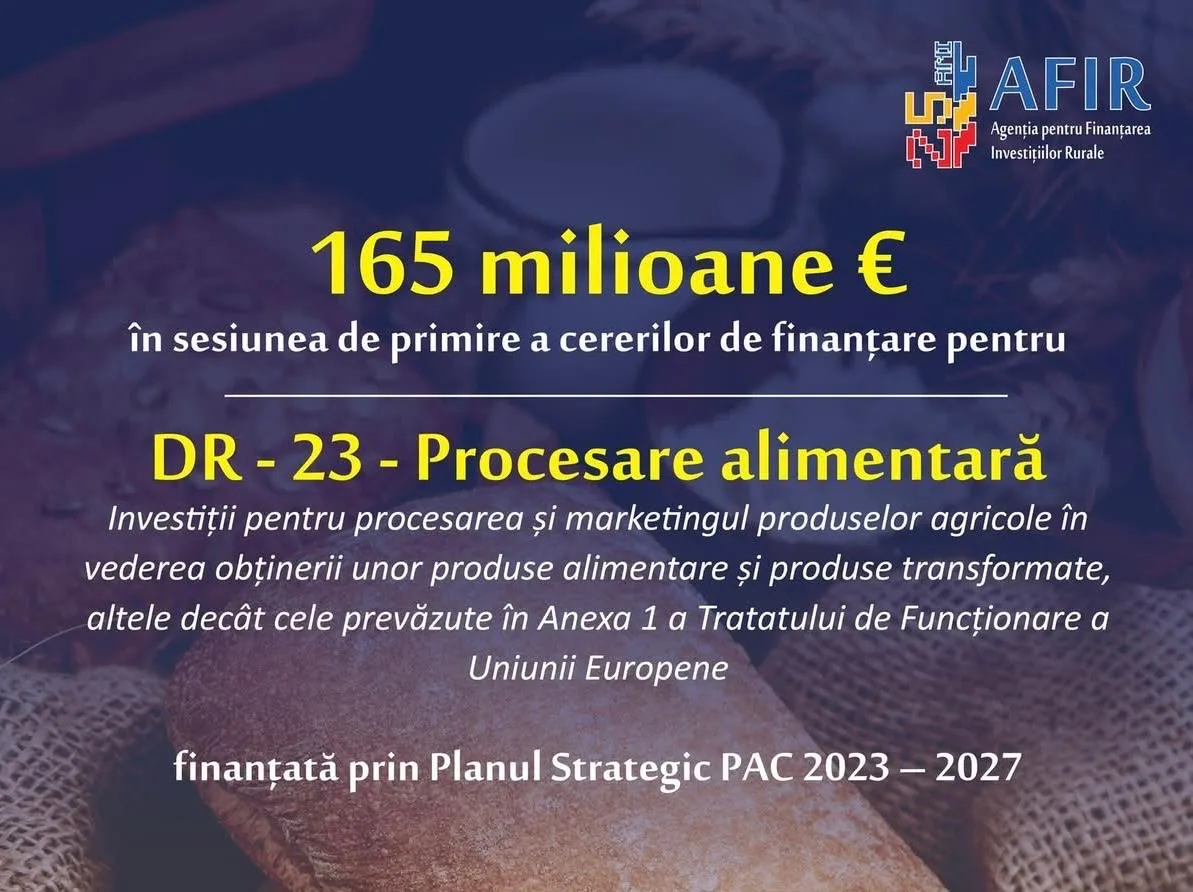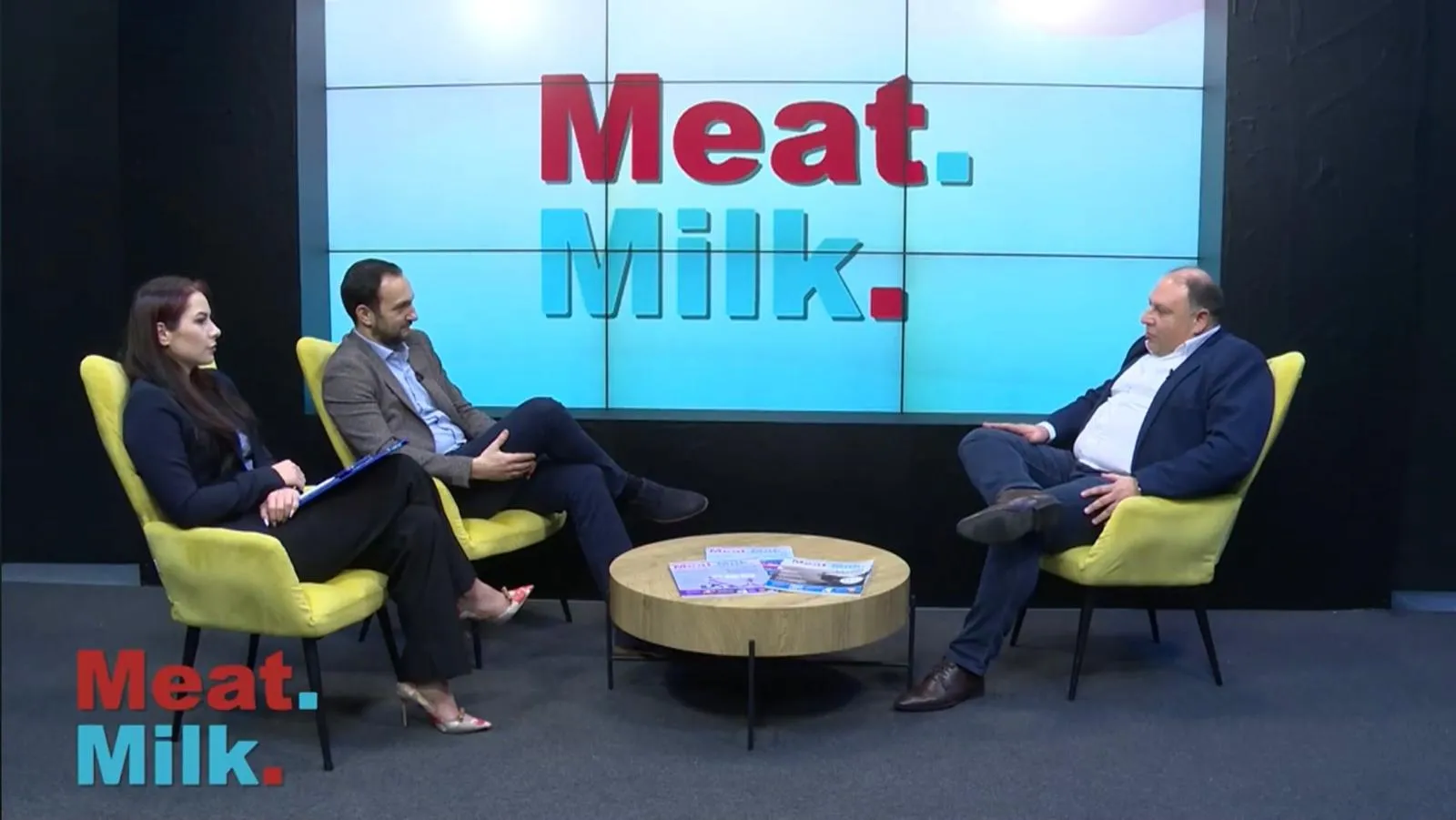
The EU legislation on the transport of animals is not implemented uniformly throughout the member states, according to the latest analysis published by the CEC-European Court of Auditors.
Billions of animals transported
Every year, billions of cattle, pigs, sheep, goats, poultry and horses are transported in and out of the EU for breeding, fattening or slaughter, as farmers and meat producers they try to exploit cost differences between regions to make a profit.
However, over a third of these journeys last more than eight hours and animal welfare standards are not always respected. Questions have thus arisen regarding the adequacy of the respective standards.
In the analysis paper published, EU auditors highlight trends in animal transport and draw attention to the challenges facing EU decision-makers, as well as the opportunities they can consider, in the run-up to an imminent reform of EU rules .
Animal production
Livestock production is not evenly distributed across EU countries and regions and farms tend to specialize in one species or one stage of production. In addition, there is a trend towards fewer and larger farms and slaughterhouses.
In this context, farmers and meat producers aim to minimize animal production and slaughter costs, maximize income and optimize economies of scale by exploiting cost differences between Member States. These factors encourage animal transport, particularly when transport costs are a small fraction of the retail price of the meat.
"Transporting live animals over long distances can have harmful consequences for their welfare," said Ms Eva Lindström, the member of the Court responsible for this review. "EU legislation on the transport of animals is not uniformly enforced by Member States and there is a risk that transporters will exploit loopholes arising from different national sanctioning systems."
There is a risk that carriers will choose longer routes to avoid crossing countries that apply stricter EU rules and impose more severe penalties. Non-compliance can bring financial benefits to producers, for example when it comes to transporting unfit animals, as in this case countries generally do not apply dissuasive sanctions.
The negative impact
In this review, the auditors point out that the negative impact of transport on animal welfare could be mitigated by reducing the number and duration of journeys and by improving conditions for animals during transport.
At the same time, they also bring to attention some alternatives to the transport of live animals. In some cases, slaughtering closer to the place of production could be a solution: the use of local and mobile slaughterhouses could reduce the need to transport animals and be more environmentally friendly.
Consumers can also be an important driver of change: a survey showed that some are willing to pay a higher price for meat, but only if they are informed about the good quality of life of the animals.
Better information
According to the auditors, better consumer information would help them make informed consumption choices. This could be achieved through an EU animal welfare labeling system that would bring greater transparency and harmonize meat labeling across the EU bloc. Finally, the new rules could be an opportunity to promote structural changes towards a more sustainable food supply chain.
This would mean providing incentives to producers and consumers to encourage sustainable behavior on their part. EU policymakers could consider assigning a monetary value to animal suffering and factoring that value into the cost of transport and the price of meat.
Live animal transport data is fragmented at EU level and the European Commission does not have a centralized and complete overview. Auditors point out that developments in IT and other technological improvements could be better leveraged in this area.
For example, an EU-wide IT system to track all transports of live animals could help centralize data and the use of cameras and sensors could record animal movements and measure animal welfare. Background Animals are subjected to stress when they are loaded into vehicles.
During transport, they may suffer from hunger, thirst, heat, lack of space and lack of rest. During its life, an animal may be transported several times: pigs fattened and slaughtered in Germany are often born in Denmark or the Netherlands, while cattle born in France, Ireland or Lithuania are often fattened and slaughtered in Spain or Italy.
Road routes are preferred
Most trade in live animals between Member States takes place by road. According to available data, 63% of animal transports in the period 2017-2021 were short journeys of up to eight hours, followed by long journeys (33%) and very long journeys of more than 24 hours ( 4 %).
In recent years, EU citizens have become increasingly concerned about animal welfare and NGOs have highlighted the poor conditions animals can endure during transport, while the European Parliament has set up a committee of inquiry into the protection animals during transport.
The EU's Common Agricultural Policy has so far not focused on animal welfare during transport. The Commission plans to propose revised animal welfare legislation before the end of this year.
Analysis document no. 03/2023, entitled "Transport of live animals in the EU: challenges and opportunities", is available on the Court's website, eca.europa.eu. It provides an interactive online dashboard with which journalists, researchers and the general public will be able to compare different countries, animal movements and their economic value.





